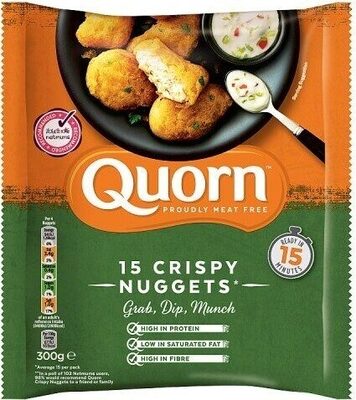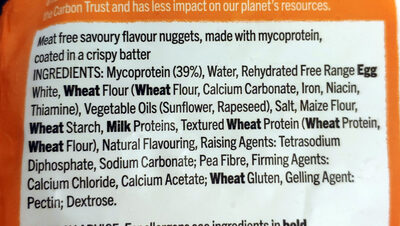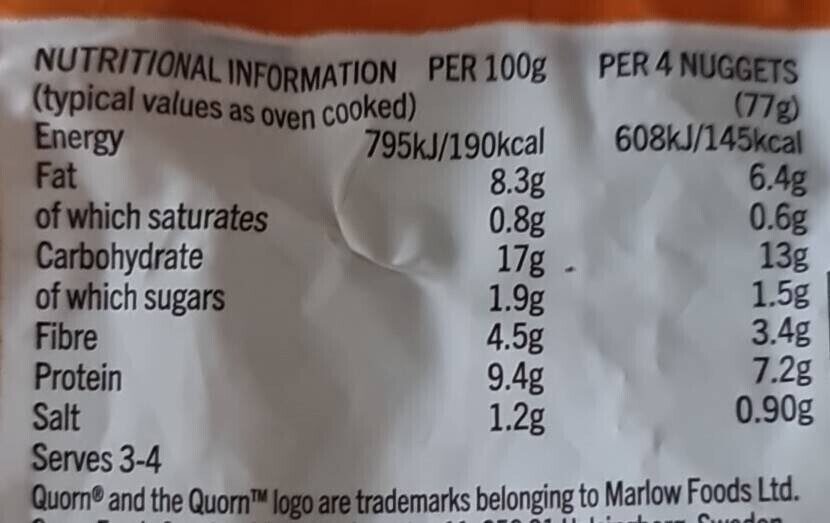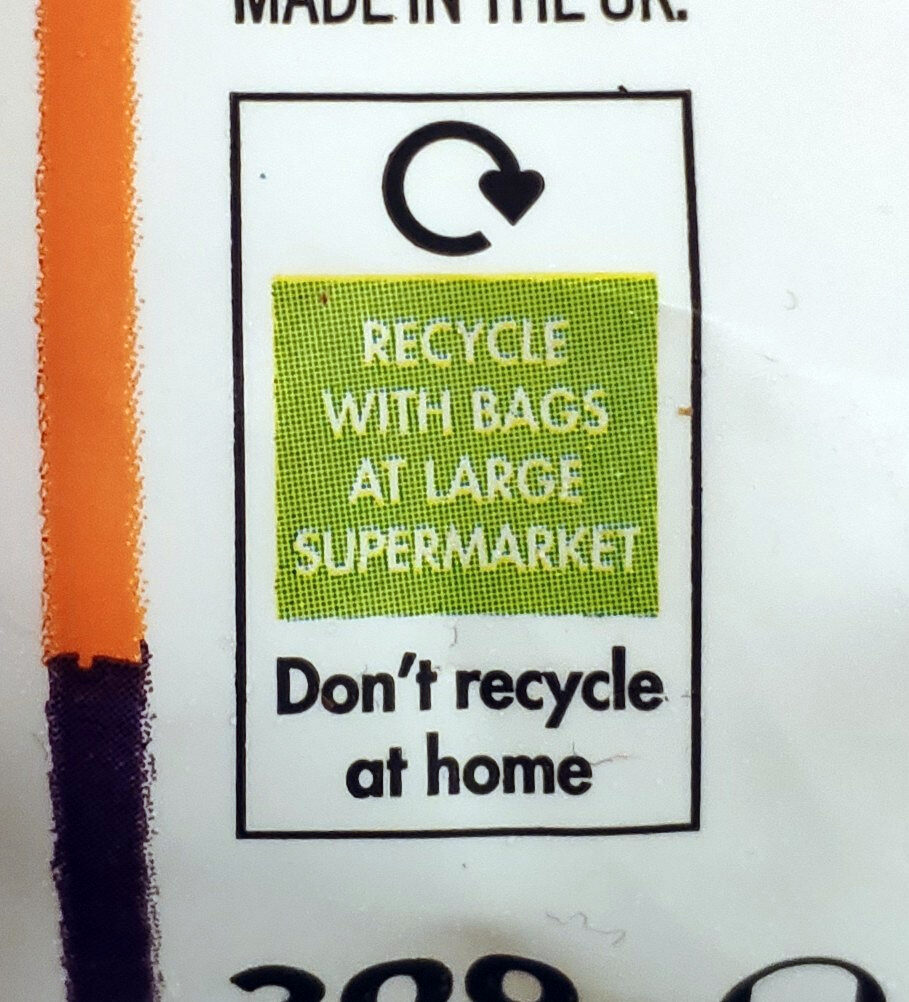Crispy Nuggets - Quorn - 300g
This product page is not complete. You can help to complete it by editing it and adding more data from the photos we have, or by taking more photos using the app for Android or iPhone/iPad. Thank you!
×
Barcode: 5019503012019 (EAN / EAN-13)
Common name: Meat free savoury flavour nuggets, made with mycoprotein, coated in a crispy batter
Quantity: 300g
Packaging: Ldpe-packet, Plastic Bag
Brands: Quorn
Categories: Plant-based foods and beverages, Plant-based foods, Meat alternatives, Meat analogues, Breaded products, Vegetarian nuggets
Labels, certifications, awards:
Halal, Source of fibre, Source of proteins, Carbon footprint, Carbon Trust, Carbon Trust CO2 Measured, High proteins, No soy, Vegetarian Society Approved



Manufacturing or processing places: United Kingdom
Link to the product page on the official site of the producer: https://www.quorn.co.uk/products/chicken...
Stores: Asda
Countries where sold: France, United Kingdom
Matching with your preferences
Report a problem
Data sources
Product added on by kiliweb
Last edit of product page on by kiliweb.
Product page also edited by alia, elcoco, mogli, moon-rabbit, openfoodfacts-contributors, packbot, sne1991, swipe-studio, teolemon, thaialagata, yuka.Vks0NERJZzkrdWtOa2ZObnd4UDBvY0oyOW9UM0JFQ0tHdk1XSVE9PQ, yuka.sY2b0xO6T85zoF3NwEKvlmVfUcD-sBjuHEPjul_R_vaiMZ_rWdtJxdH9Gqo, yuka.sY2b0xO6T85zoF3NwEKvlmp5VcHlmBOeKhjgoRaV1vKrB7rrSo5309WrGKo.












